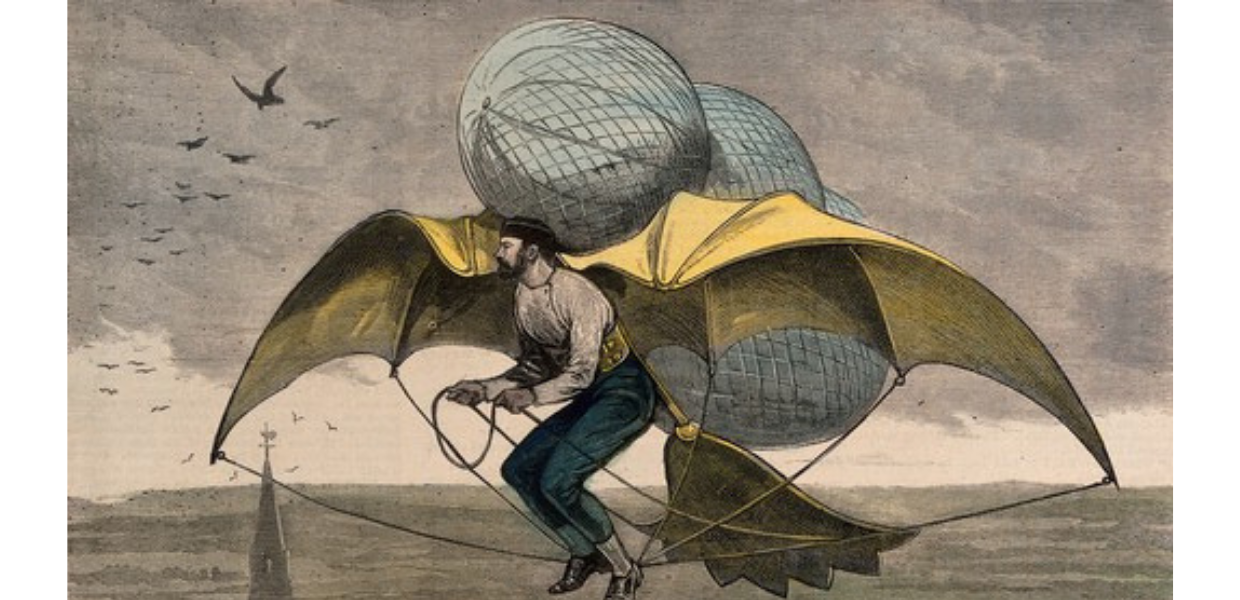Let’s start with the cultural heritage itself. It’s what Europeana is all about. And to us, that means the digital versions of the books, objects, paintings, music, films etc (our ‘content’) that are on display or stored away in museums, libraries, archives and audiovisual archives across Europe. But it’s not just that, it’s also the information that describes them (our ‘metadata’). Improving the process for getting all of that into Europeana is one area that we are focusing on.
How does culture find its way into Europeana Collections?
First the object has to be digitised by cultural heritage institutions - for example, by scanning the pages of a book, or photographing a statue from several angles. Then it has to be described - what is it, who created it, when, where, where is it now, who owns it now, is it in copyright? All of this (and more) needs to not only be decided, but recorded in a standardised way, no matter where it comes from in Europe, so that it can be displayed on Europeana Collections. We use the Europeana Data Model to do that.
Once the digital content file is ready and the descriptive information is available, it can start making its way to Europeana. Europeana Collections displays cultural heritage material from around 3,700 different institutions - we can’t work with each of them individually. Instead, a network of aggregators collects the data from say, a specific country, or a type of institution like museums, or on a particular topic, like natural history, and from there, sends it on to us.
Once Europeana has the data, we do lots of checks on it, and enrich it with things like geo-location, or link it to other material or datasets through associated people, places or topic names.
In the past year alone, over 130 cultural heritage institutions from 34 countries received help and support from their aggregators on how to prepare collections for Europeana. This was work was reflected in more than 10 million collection items.
Our goal
It’s a long and often complex journey from museum vault to Europeana Collections. We want to make that journey easier and more rewarding for cultural heritage institutions and aggregators.
Challenges
What are the challenges that aggregators and cultural institutions face?
All cultural heritage institutions are different. Some are big, some small. Some have plentiful resources for working on digital projects, many don’t. Some have staff with technical skill and enthusiasm, some don’t.
And the differences aren’t just at organisation level. Each of the EU Member States, although all tasked with contributing to Europeana through aggregators, have different levels of interest, resource and areas of focus.
There are tens of millions of items in Europeana Collections now. But not all of them are as useful or as easy to find as others. Why? Because the information used to describe them is incomplete or inaccurate, or because the quality of the photograph or file is not great. We are encouraging cultural heritage institutions to produce high-quality digital content and high-quality accompanying information.
And so our role is to help aggregators to support the cultural heritage institutions within their networks to contribute their collections as efficiently as possible, and to do so in a way that makes their collections as accessible and useful as possible.
What we’re doing
So, how do we do that in practice?
We think working together across borders has great benefits so we have set up a forum for our aggregators to come together, to work with us and to help each other. This collective experience and expertise helps improve support to cultural institutions across Europe.
We have also set up an accreditation scheme for aggregators to help them demonstrate their skills and knowledge, and that in turn can help them to better work with and support their contributing institutions.
We have recently developed our own bespoke system for managing new and updated material. This system, Metis, is now used by the team at Europeana headquarters, and with its automated procedures, is already reducing the time it takes for a collection to be processed and published. This means that updates to collections are available much sooner than they were before.
To show how different quality levels for content and metadata can affect people’s ability to find and use collection items, we have a quality standard - the Europeana Publishing Framework. With the support of aggregators, we encourage providers to refer to this Framework to help move their collections up the quality levels.
Over time, these initiatives will mean it’s easier to browse or to search for interesting and useful content that people can use in personal or professional projects. And that helps the contributing institution reach a much broader audience, and supports them in achieving their outreach goals of engaging the public with their valued collections.
Find out more
If you’re interested in the technical side of Europeana’s material, you can find out more about the Europeana Data Model, the Europeana Publishing Framework, and our network of aggregators.
If you’d like to contribute collections from your institution, please go to the data provider section of Europeana Pro, where you’ll find all the information you need to proceed.


